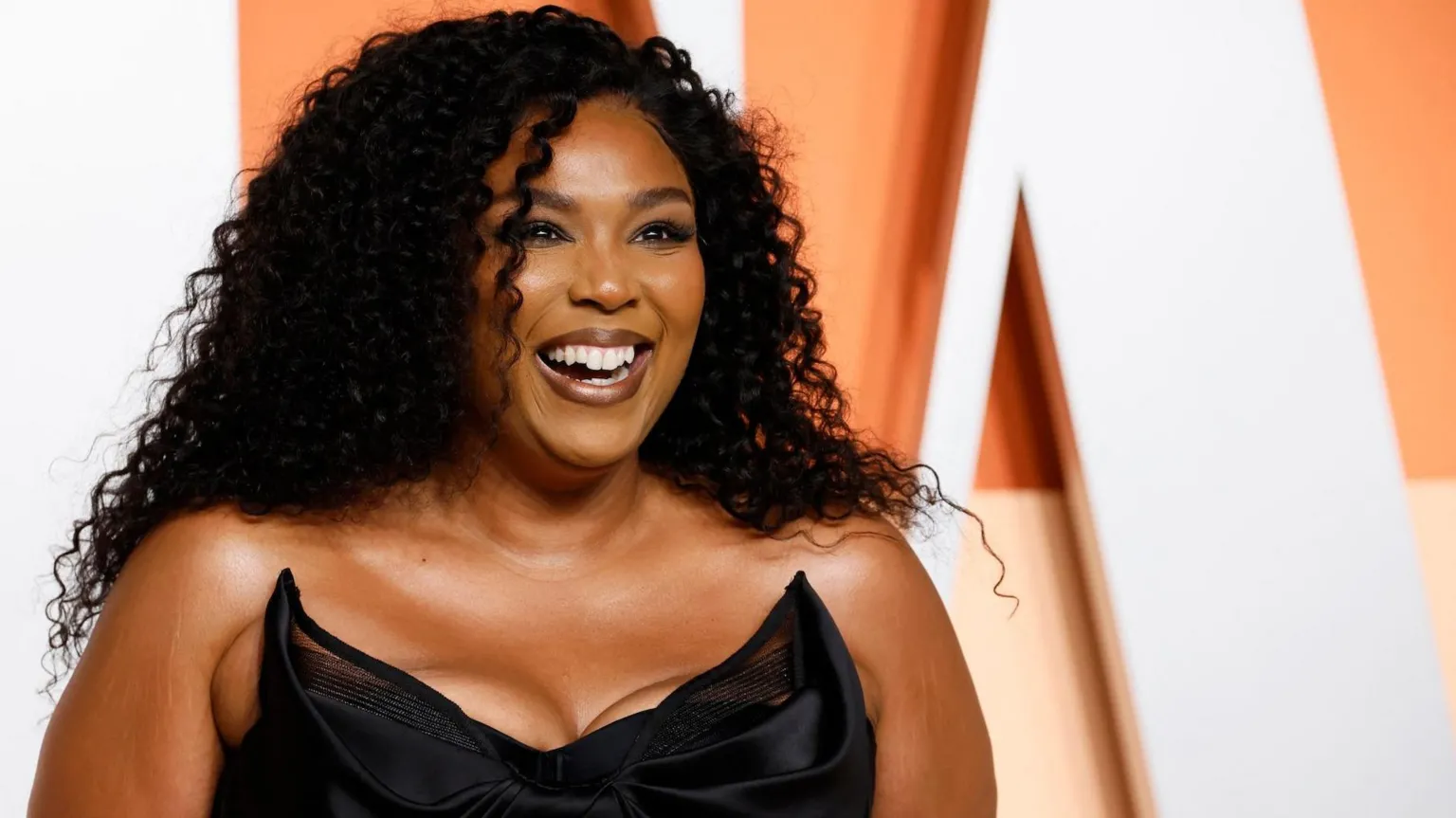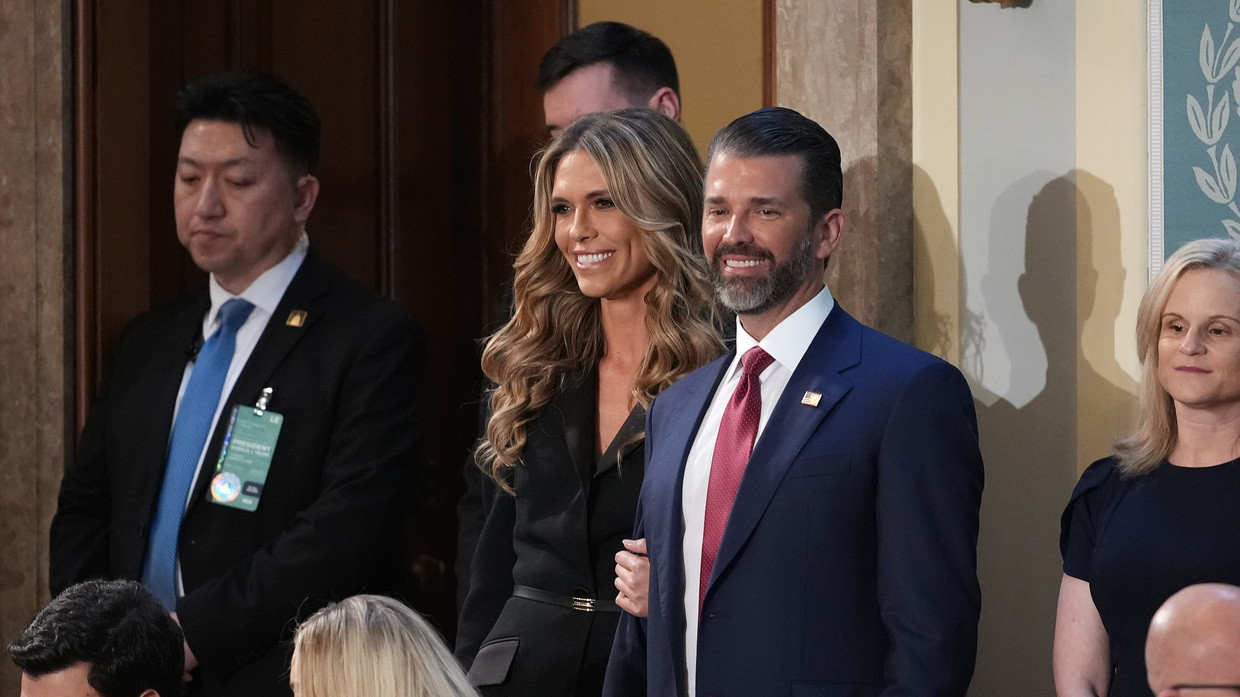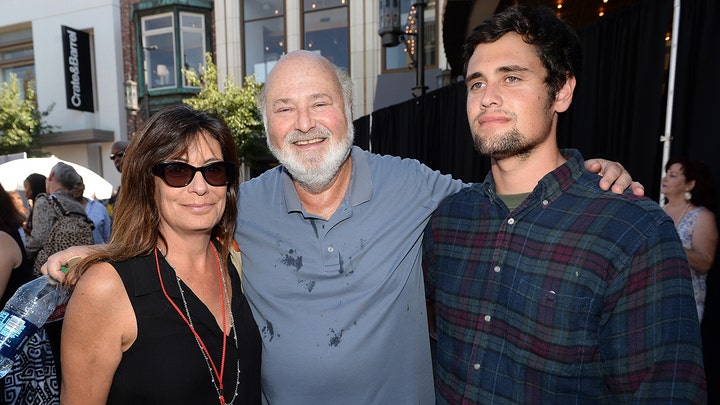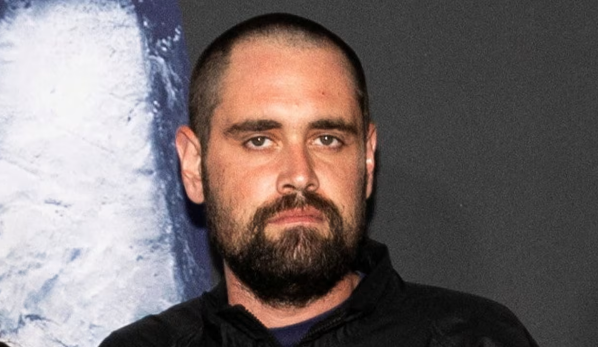
This article is more than
8 year oldWho should be teaching our kids about sex?
After we all howled him down, he flipped back to the page, which was about masturbation, which he proceeded to tell us “will make you go blind”.
At the time, he was responsible for about 20 per cent of my sex education. I had my parents, friends and the library to thank for the other 80 per cent.
Nowadays, the average eight-year-old has already seen pornographic images of the hard-core persuasion thanks to pop up videos that attach themselves to even the most benign websites.
They’ve also got sexting, online predators pretending to be peers, and a natural curiosity coupled with easy access to answers to any kind of questions they may have.
WHAT SHOULD PARENTS DO?
“My first response to that comment is always to ask: ‘Are the parents teaching it?’” says Kerrin Bradfield, sexuality and media specialist with Gold Coast Sexology.
Ms Bradfield says in her experience parents want to talk to their kids about sex but many don’t know where to start so they end up avoiding it altogether.
It comes down to normalising it as a topic — and if your child will really be listening. I for one would rather gnaw off my arm than have a frank talk about blow jobs or how to point a guy in the right direction of the big “O” with my Mum or Dad, even as a grown adult.
That said, parents do have a role, and if you’re willing and eager, but not sure how to get it “right”, there’s some simple, expert recommended guidelines.
“Some parents are doing a great job. Those parents recognise that sex ed isn’t one big awkward talk it is an ongoing celebration and integration of human sexuality in to their lives,” Bradfield says.

She recommends parents sharing their own values and attitudes about sex and relationships in a non-judgemental and unashamed way, demonstrating respect and healthy relationships, challenging gender stereotypes in the home through equality, and accepting diversity and uniqueness in all kinds of human experience.
“Using teachable moments, for example a scene on TV or something you see on Facebook, are all opportunities to bring up topics in a non-confronting way. Commenting on situations that demonstrate safety, consent, body language and pleasure are all a good place to start.”
She says Dutch parents in particular have been shown to talk about balancing the responsibilities of sex with the joy it can bring.
“Focusing entirely on risk leads children to believe that sex is something to be approached with caution, that it should only be talked about in hushed whispers, and that help seeking is embarrassing.”
WHAT SHOULD SCHOOLS BE TEACHING?
A common argument against schools providing a comprehensive sex education involves cultural or religious beliefs that see sex purely for procreation, not recreation. They argue teaching outside of reproduction — for example, talking about gender identification, LGBQITA issues, self-pleasure and negotiating consent — is not the school’s place.
However, experts disagree, and argue this is dangerous on a population level, regardless of individual beliefs.
“A reproductive focus assumes that penis in vagina is the ‘gold standard of sex’ and the aim for teenagers is avoiding pregnancy. So, young people who receive this kind of sex ed are left without skills to negotiate the real world sexual encounters they will have,” Ms Bradfield says.
A well rounded sexual education is about more than intercourse and should cover the diverse experiences of orientation and gender.
“Young people need skills on empathy, how to seek and give consent, negotiating safer sex, understanding their own identity and pleasure, sexual communication, ethical technology use including sexting, and managing conflict in relationships.”
“We should be teaching young people to listen to their feelings, to identify what feels good and what doesn’t, to listen, to speak, to show respect for self and others. These aren’t just sexual skills, they’re life skills and apply to most areas of human existence.”
For primary school age children, this starts with education around decision making, self-respect, and body safety, says Ms Bradfield.
“Discussions about affection and activities that make you feel loved, or happy, or scared and uncomfortable in any situation. Sex education should teach accurate names for all body parts that show words like elbow and vulva are no different they are parts of us.”
PORNOGRAPHY HAS CHANGED THE SCOPE OF SEX EDUCATION
The huge factor making comprehensive school sex education more important than ever is the rise of porn and how our kids are becoming sexually aware far sooner.
Claims vary from 4-30 per cent of the internet being sex or porn related, depending on how internet traffic is measured, says Liz Walker, chair of Porn Harms Kids, and managing director of Youth Wellbeing Project.
“A 2010 survey of English 14-16 year-olds, revealed nearly one-third claimed that their first exposure to pornography was at 10 years or younger, and recorded cases of children committing sexual offences against other children has risen by almost 80 per cent in the UK and in Australia,” she says.
And if the idea of your child seeing sex on screens doesn’t turn your stomach enough, consider the type of sex — and the messages it sends.
“Almost 90 per cent of popular porn scenes available free online, contain violence and incite hatred toward women. With porn now the main sex educator, and worrisome trends emerging with children and young people’s behaviour, this is something even the most liberal parents should be freaking out about,” Walker says.
So when it comes to pornography, what sort of sex ed should parents and schools be providing? Walker advocates teaching “Critical Porn Analysis”.
“This teaches online protective behaviours; the impact of pornography on the brain that triggers arousal and orgasm to ‘scenes’ that are not a part of most adults’ relationships. It also explores the addictive nature of pornography; high rates of erectile dysfunction and arousal disorders experienced by long term users; body image issues and performance anxieties; and pornography’s contribution to relationship breakdowns and divorce,” Ms Walker says.




